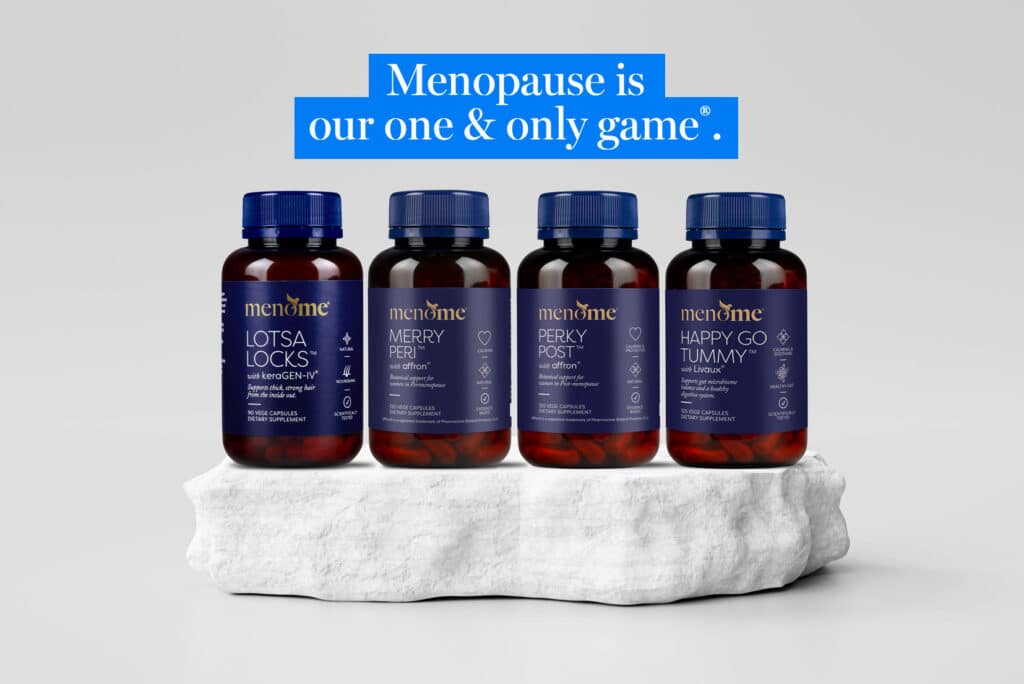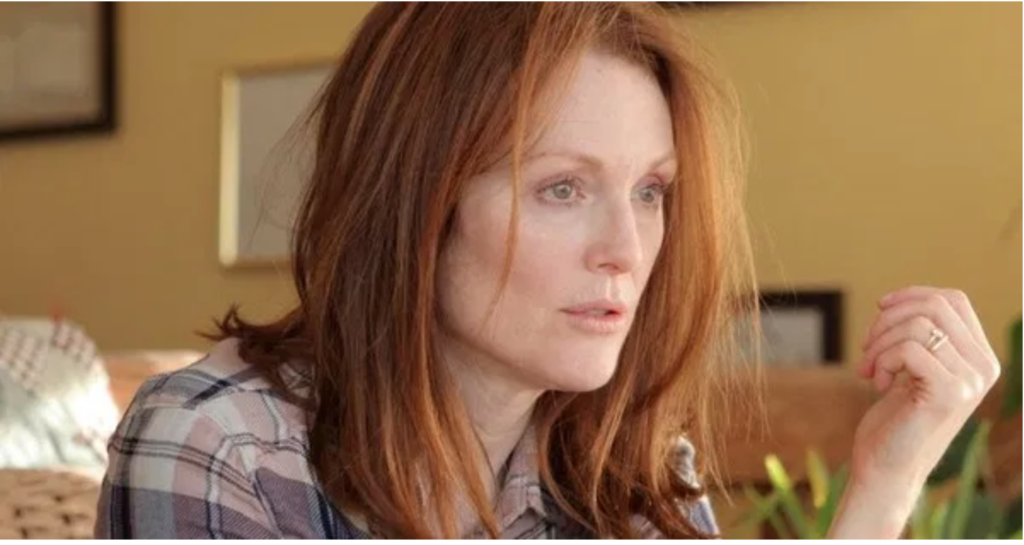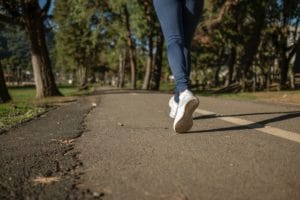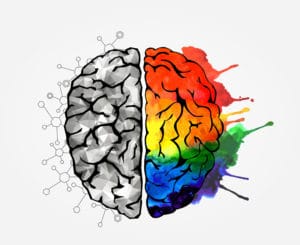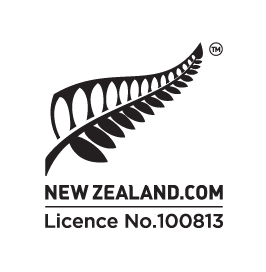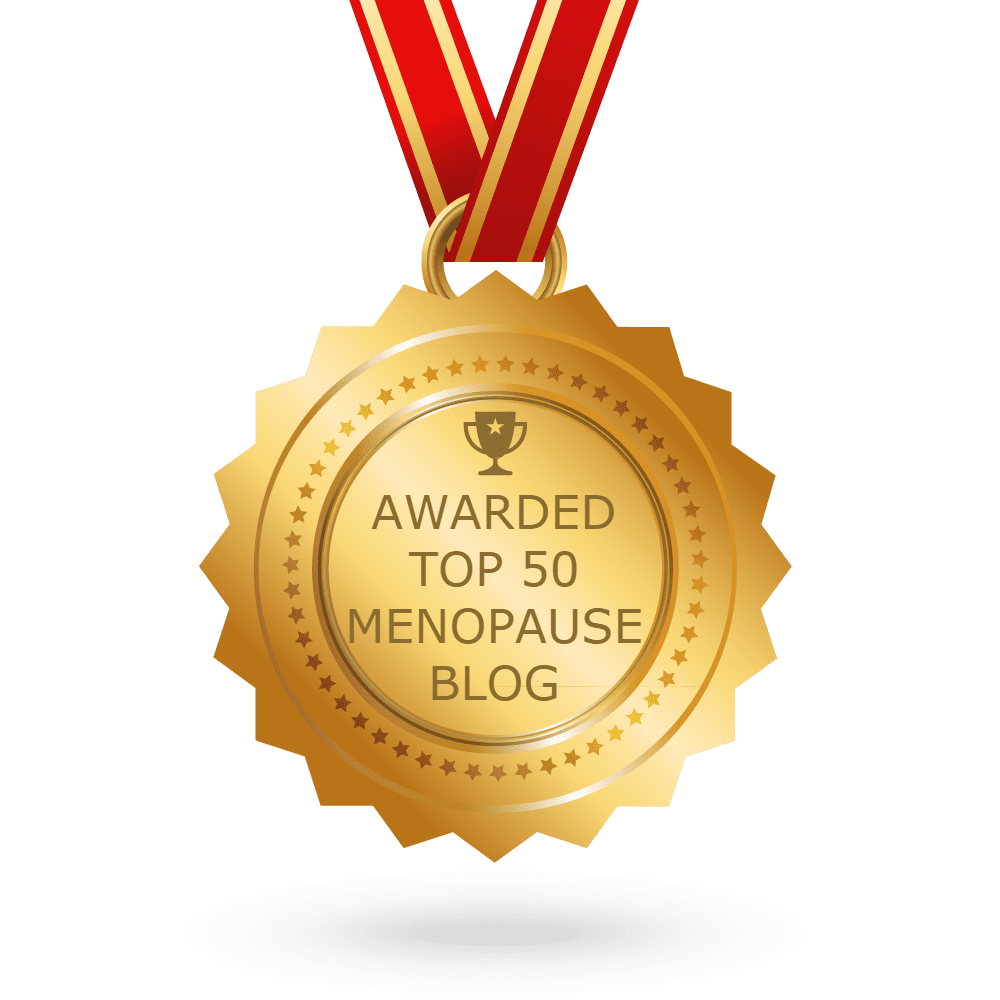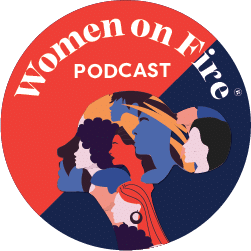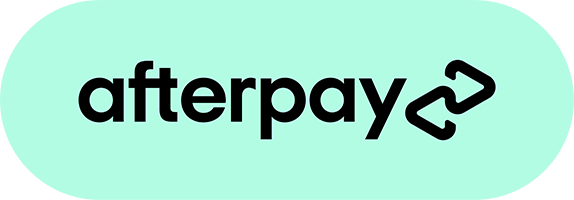Sometimes women connect common menopausal symptoms like brain fog and forgetfulness with dementia, which is a legitimate worry given the statistics. Indeed, according to Dr Karen Coates, dementia has taken over from heart disease as the number one killer of women in Australia and in New Zealand. And it affects over 70,000 Kiwis.
Lisa Genova
Below is a wonderful TED talk by neuroscientist Lisa Genova, the author of “Still Alice” which was made into a movie starring Julianne Moore, Alec Baldwin, Kate Bosworth and Kristen Stewart
What’s The Difference Between Dementia and Alzheimer’s Disease?
There’s a lot of confusion surrounding this question but in a nutshell:
Alzheimer’s disease is the most common form of dementia, affecting up to 70 per cent of all people with dementia. source
“Alzheimer’s doesn’t have to be your brain’s destiny”, says neuroscientist Lisa Genova. She shares the latest science investigating the disease — and some promising research on what each of us can do to build an Alzheimer’s-resistant brain below.
Download our sleep hygiene sheet here.
Did You Know?
- The brain is the most complex organ in the universe.
- It has 100 BILLION neurons (nerve or brain cells).
- TRILLIONS of connections to other cells.
- The human brain can process information as fast as 431 kilometres per hour.
- There are 160,000 kilometres of blood vessels in the brain.
- Each person has about 70,000 thoughts a day, 50 per cent in words and 50 per cent in images.
- While awake, a human brain can generate enough energy to power a light bulb (between 10-23 watts).
- It’s a myth that we only use 10 per cent of the brain. A loss of 90 per cent of its function would likely result in being a vegetable or being dead.
- We need and use all our brain – although we aren’t using every single neuron at every moment.
- When the brain is healthy you have more brain reserve. This protects you from developing dementia BUT diseases such as diabetes, high blood pressure and obesity can hurt the brain and increase your chances of getting dementia.
Share with a friend
Sign up for for weekly wisdom drops & news 🙂
This site is protected by reCAPTCHA and the Google Privacy Policy and Terms of Service apply.
